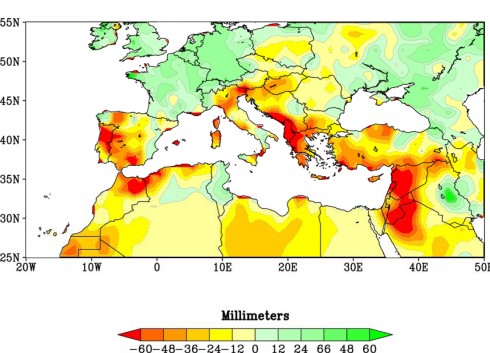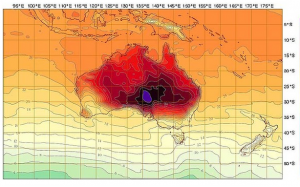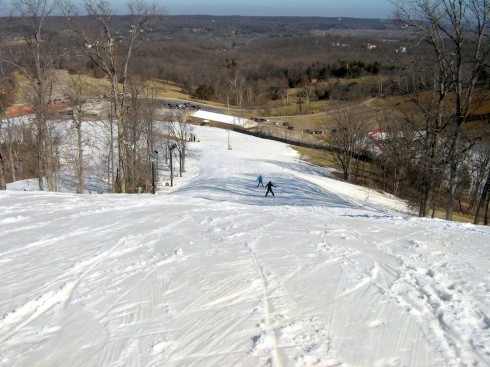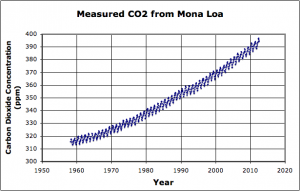
A 2011 article from the National Oceanic and Atmospheric Administration linked recent severe droughts in the Mediterranean to anthropogenic climate change. Now Francesco Femia and Caitlin Werrell assert that the drought (and agricultural mismanagement) lead to the displacement of a million and a half people in Syria, which helped spark the current civil war.
Additional links:
- Understanding Syria: From Pre-Civil War to Post-Assad by William R. Polk: A good summary of the history and geography of Syria.
- WikiLeaks, Drought and Syria by Thomas Friedman: Cables from 2008, outline Syria’s growing recognition of the potential for civil unrest because of the drought.
- Drought Helped Spark Syria’s Civil War — Is it One of Many Climate Wars to Come? by John Light: Another interview with Fermia about the potential for future wars.




